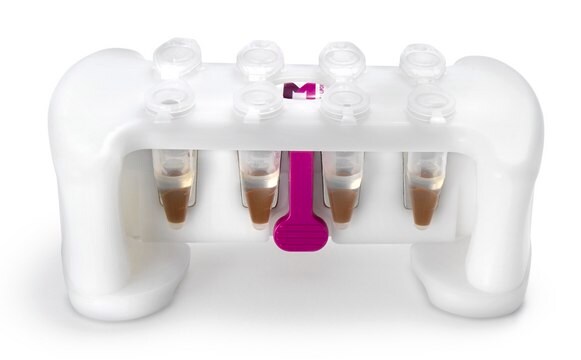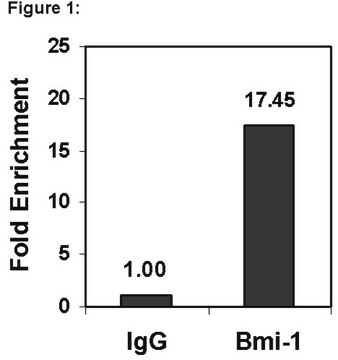ABS1513-I-AF488
Anti-phospho-Ubiquitin Antibody (Ser65), Alexa Fluor™ 488 Conjugate
from rabbit, ALEXA FLUOR™ 488
Sinonimo/i:
Ubiqutin, Ser65 phosphorylated, Ub, Ser65 phosphorylated
About This Item
Prodotti consigliati
Origine biologica
rabbit
Livello qualitativo
Coniugato
ALEXA FLUOR™ 488
Forma dell’anticorpo
affinity isolated antibody
Tipo di anticorpo
primary antibodies
Clone
polyclonal
Reattività contro le specie
human
Reattività contro le specie (prevista in base all’omologia)
guinea pig (based on 100% sequence homology), bovine (based on 100% sequence homology), hamster (based on 100% sequence homology), mouse (based on 100% sequence homology), sheep (based on 100% sequence homology), rat (based on 100% sequence homology), nonhuman primates (based on 100% sequence homology), horse (based on 100% sequence homology)
tecniche
immunocytochemistry: suitable
N° accesso UniProt
Condizioni di spedizione
ambient
modifica post-traduzionali bersaglio
phosphorylation (pSer65)
Informazioni sul gene
human ... UBB(7314)
Descrizione generale
Specificità
Immunogeno
Applicazioni
Signaling
Qualità
Immunocytochemistry Analysis: A 1:100 dilution of this antibody detected CCCP treatment-induced ubiquitin Ser65 phosphorylation in PINK1-expressing HeLa cells.
Descrizione del bersaglio
Stato fisico
Stoccaggio e stabilità
Altre note
Note legali
Esclusione di responsabilità
Non trovi il prodotto giusto?
Prova il nostro Motore di ricerca dei prodotti.
Codice della classe di stoccaggio
12 - Non Combustible Liquids
Classe di pericolosità dell'acqua (WGK)
WGK 2
Certificati d'analisi (COA)
Cerca il Certificati d'analisi (COA) digitando il numero di lotto/batch corrispondente. I numeri di lotto o di batch sono stampati sull'etichetta dei prodotti dopo la parola ‘Lotto’ o ‘Batch’.
Possiedi già questo prodotto?
I documenti relativi ai prodotti acquistati recentemente sono disponibili nell’Archivio dei documenti.
Il team dei nostri ricercatori vanta grande esperienza in tutte le aree della ricerca quali Life Science, scienza dei materiali, sintesi chimica, cromatografia, discipline analitiche, ecc..
Contatta l'Assistenza Tecnica.






